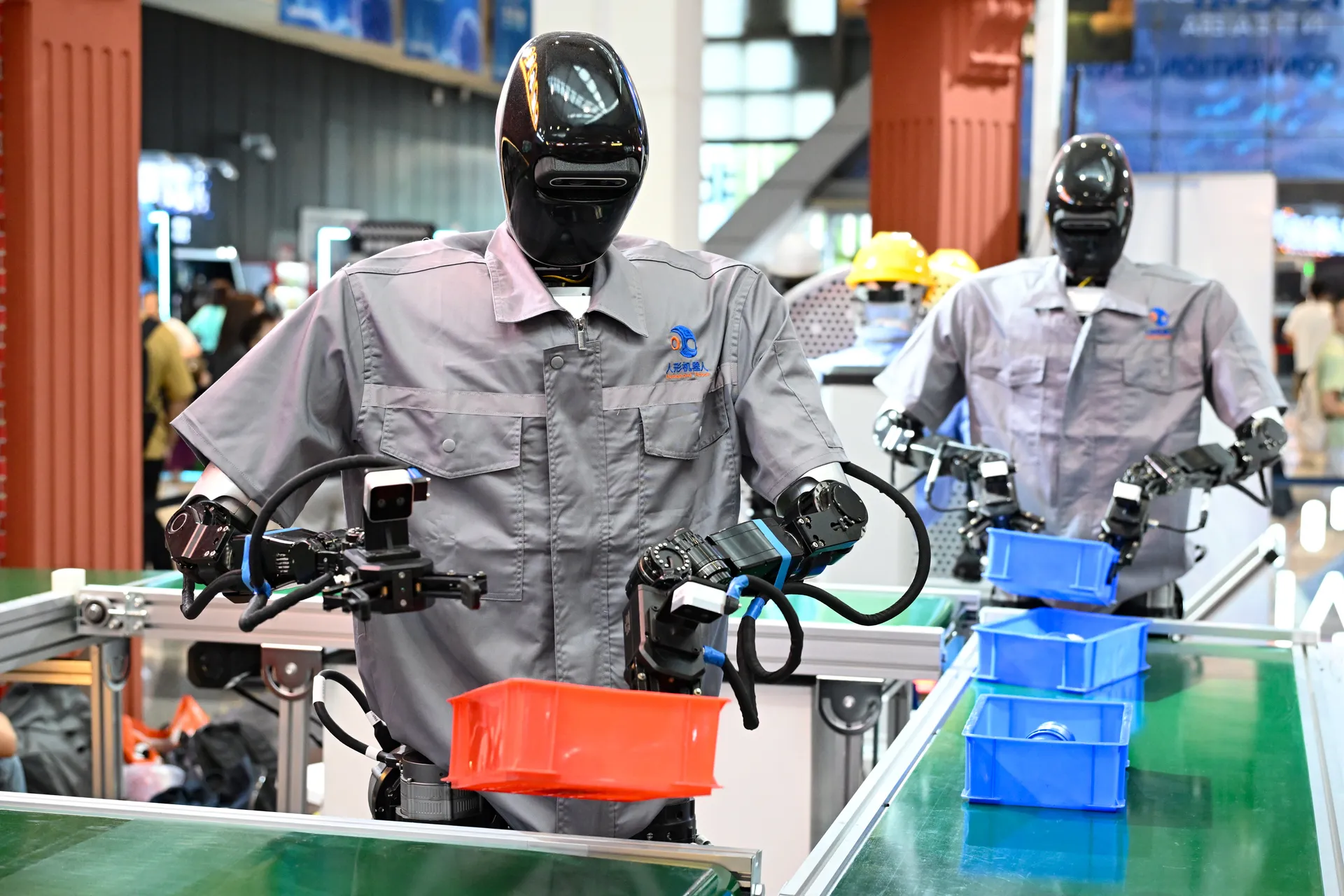In an eye opening report, Microsoft has revealed a list of 40 professions that are most at risk of being disrupted or even destroyed by AI. While many people still see AI as a futuristic concept, Microsoft’s research confirms that the revolution is already here. If your career falls on this list, now may be the time to act.
A team of researchers at Microsoft developed what they call an AI Applicability Score, measuring how effectively artificial intelligence can perform the day to day tasks of different jobs. Surprisingly, many white collar professions once thought immune now find themselves at the mercy of AI.
What Did Microsoft’s Research Reveal?
Microsoft’s Senior Researcher Kiran Tomlinson explains that this study doesn’t suggest AI will outright replace workers, but rather change how jobs are done. However, for millions of employees, that shift could mean losing value in the job market, being replaced by machines, or needing to quickly reskill. Our research shows that AI supports many tasks, particularly those involving research, writing, and communication said Tomlinson.
But it does not indicate it can fully perform any single occupation. Yet, when AI tools like ChatGPT, Microsoft Copilot, and Bard can write emails, generate reports, analyze data, and even mimic customer support it’s clear that some careers are standing on shaky ground.
40 Jobs Microsoft Says Are Most at Risk
Based on Microsoft’s data, here are the 40 professions most vulnerable to automation, listed with the number of current U.S workers impacted.
Profession Number of Jobs (US)
1. Interpreters and Translators 51,560
2 . Historians 3,040
3 . Passenger Attendants 20,190
4 . Sales Representatives 1,142,020
5 . Writers and Authors 49,450
6 . Customer Service 2,858,710
7 . CNC Tool Programmers 28,030
8. Telephone Operators 4,600
9. Ticket Agents and Travel Clerks 119,270
10. Broadcast Announcers and Radio DJs 25,070
11. Brokerage Clerks 48,060
12. Farm and Home Management Educators 8,110
13. Telemarketers 81,580
14. Concierges. 41,020
15. Political Scientists 5,580
16. News Analysts, Reporters, Journalists 45,020
17. Mathematicians 2,220
18 Technical Writers 47,970
19. Proofreaders and Copy Markers 5,490
20 . Hosts and Hostesses 425,020
21. Editors 95,700
22. Business Teachers, Postsecondary 82,980
23. Public Relations Specialists 275,550
24 Demonstrators and Product Promoters 50,790
25. Advertising Sales Agents 108,100
26. New Accounts Clerks 41,180
27. Statistical Assistants 7,200
28. Counter and Rental Clerks 390,300
29. Data Scientists 192,710
30 . Personal Financial Advisors 272,190
31. Archivists 7,150
32. Economics Teachers, Postsecondary 12,210
33. Web Developers 85,350
34. Management Analysts. 838,140
35. Geographers 1,460
36. Models 3,090
37. Market Research Analysts 846,370
38. Public Safety Telecommunicators 97,820
39. Switchboard Operators 43,830
40. Library Science Teachers, Postsecondary NA
Why Are These Jobs So Vulnerable to AI? The Common Thread
Many of the jobs destroyed by AI have something in common: they involve repetitive, text based, or data driven tasks. These are areas where AI excels especially large language models trained on vast datasets. Take customer service, for instance.
AI bots can now respond to thousands of queries instantly, in multiple languages, with sentiment analysis and contextual understanding. Writers and editors? Tools like Jasper AI and Grammarly are doing much of the heavy lifting already.
Anna The Writer Who Pivoted
Anna Mitchell, a freelance copywriter with over 10 years of experience, began to see her workload dry up in 2023. Companies started using generative AI for blogs, email campaigns, and even ad copy. I was terrified at first,” Anna recalls. But then I decided to upskill. I learned how to use AI myself, and now I offer AI content optimization services to clients. Anna is no longer just a writer she’s a strategist, offering a service that AI can’t fully replicate.
According to Dr. Rehan Yusuf, an AI and workforce researcher at Harvard, We’re not entering an era where robots take over everything. But workers who ignore AI will become obsolete. Those who learn to work with AI will thrive. This insight aligns with what Microsoft emphasized: AI is not here just to replace it’s here to augment. But that only helps those who are willing to evolve.
From Job Loss to Job Shift: A Personal Story
Mohammad Faraz, a former telemarketer in Dubai, lost his job in 2024 when his company replaced the call center team with AI voice bots. Instead of panicking, he enrolled in a short course in AI Prompt Engineering. Now, I train AI models to speak more naturally in Urdu and Arabic, he shares. “I never thought my voice would still matter just in a new way.” Faraz’s journey is a lesson for anyone seeing their industry on the list of jobs destroyed by AI: you can transition.
Steps to Stay Relevant in an AI World
1. Embrace AI tools Start using tools like ChatGPT, Grammarly, Canva AI, or MidJourney in your workflow.
2. Upskill or reskill Take free or paid courses on platforms like Coursera, edX, or LinkedIn Learning.
3. Focus on uniquely human skills Emotional intelligence, ethics, leadership, creativity, and strategy are not easily replaced.
4. Pivot to hybrid roles Writers can become AI editors, teachers can become EdTech consultants, and marketers can become AI content managers.
The Future Is Scary, But Also Full of Hope
The list of jobs destroyed by AI might sound terrifying at first glance. But if we dig deeper, it’s a wake up call not a death sentence. AI is a powerful tool, but it lacks the nuance, emotion, and creativity that only humans can bring. What matters now is how we respond. Will you resist the wave or will you ride it?

